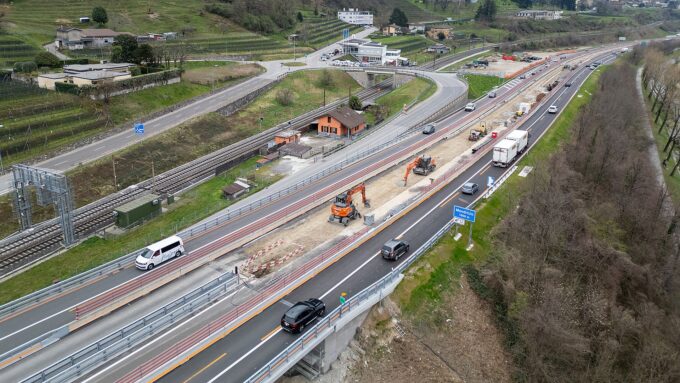Sustainable development of cantons and cities: healthier population and improved equality
As part of the Cercle Indicateurs network, cantons and cities have each updated data on around thirty indicators to measure their progress in sustainable development. Over the past ten to twenty years, there have been generally positive developments in areas such as health and gender equality. No significant changes can be observed in the economy.

The proportion of employees in innovative sectors is one of the indicators used to measure whether cantons and cities are developing sustainably. This rate is particularly high in the cities of Zug, Zurich and Wallisellen (ZH). In Zug, for example, fifty percent of employees worked in innovative sectors in 2022, around twelve percent of which were in IT. Overall, the proportion of employees in innovative sectors in the 31 cities and 19 cantons participating in the Cercle Indicateurs is stable.
This indicator helps to make a statement on Sustainable Development Goal 8 «Decent work and economic growth». The 17 Sustainable Development Goals (SDGs) are at the heart of the UN's 2030 Agenda for Sustainable Development.
The cantons of Geneva and Zurich are ahead in terms of the proportion of women in management positions: women held 36% of management positions there in 2023, compared to just over 32% in 2010. The average for all participating cantons is 33%. This Cercle Indicateurs indicator provides information on SDG 5 «Gender Equality» and shows that gender equality has not yet been achieved in management positions. In the cities, the number of childcare places shows the status of SDG 5. With more than eight places per ten children, Gland (VD) has the largest supply. Bussigny (VD) has seen the strongest growth with a doubling of places over the last ten years.
The number of road accidents with fatalities and injuries provides information on SDG 3 «Health and well-being». With significantly less than one injured and deceased person per 1000 people, the city of Onex (GE) is the frontrunner in 2023. Among the cantons, Basel-Landschaft and Schwyz have the lowest figure with 1.6 victims per 1000 people. Almost all participating cantons and cities recorded lower figures in 2023 than twenty years previously.
Air quality is also related to SDG 3. Pollution from particulate matter, nitrogen dioxide and ground-level ozone has decreased in all cantons and cities over the last twenty years. Air quality is best in the cantons of Uri, Glarus, Fribourg and Appenzell-Ausserrhoden and in the cities of Bulle (FR) and Orbe (VD).
Cercle Indicateurs
The sponsors of the Cercle Indicateurs network include the Federal Office for Spatial Development (ARE) and the Federal Statistical Office (FSO) as well as currently 19 cantons and 31 cities. For the present survey, they have updated the data mainly from the year 2023.









